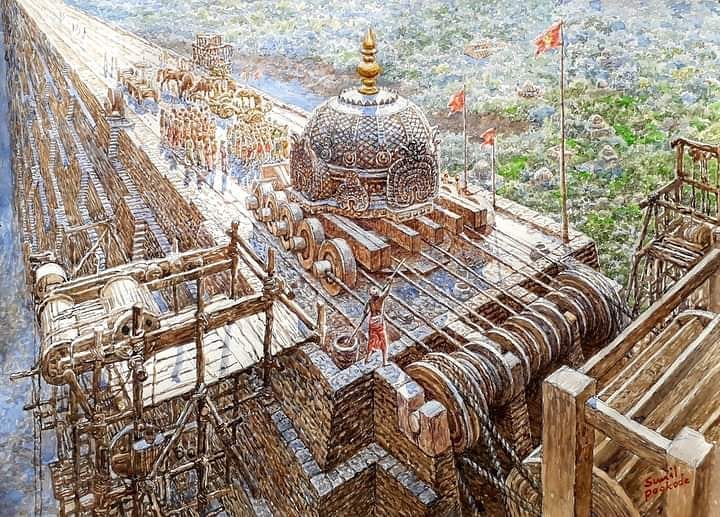
Do you know who formulated the Pythagoras Theorem? You must be thinking about Pythagoras, but if we tell you that it was formulated even before the mathematician stated. The Baudhayana Sulba Sutra in Yajur Veda defines that the area of the diagonal is equal to the sum of the area 

of the perpendicular and base side.
It is widely believed that Baudhayana was a priest and also an architect of very high principles. It is possible that Baudhayana’s interest in Mathematical calculations stemmed more from his work in religious matters rather than an enthusiasm
It is widely believed that Baudhayana was a priest and also an architect of very high principles. It is possible that Baudhayana’s interest in Mathematical calculations stemmed more from his work in religious matters rather than an enthusiasm
for mathematics as a subject itself. Undoubtedly he wrote the Sulbasutra to provide rules for religious rites, and it would appear almost certain that Baudhayana himself was a Vedic priest. The Sulbasutras is like a guide to the Vedas which formulate rules for constructing altars
In other words, they provide techniques to solve mathematical problems effortlessly. If a ritual was to be successful, then the altar had to conform to very precise measurements. Therefore mathematical calculations needed to be precise with no room for error.
People made
People made
sacrifices to their gods for the fulfillment of their wishes. As these rituals were meant to please the Gods, it was imperative that everything had to be done with precision.
It would not be incorrect to say that Baudhayana’s work on Mathematics was to ensure there would be no miscalculations in the religious rituals.
• • •
Missing some Tweet in this thread? You can try to
force a refresh




















